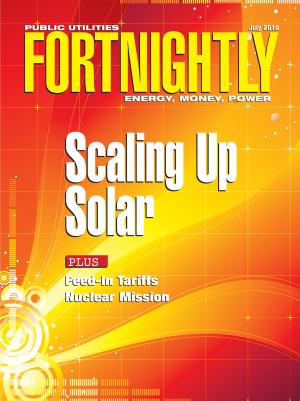Synchronizing networks to bring green power to market.
Mr. Lambert practices law in Washington, D.C., and serves as general counsel for Tres Amigas, LLC. Email him at jlambert@lambertlaw.net
In 2008, testifying before the Senate Energy and Natural Resources Committee, T. Boone Pickens appeared as a persuasive, if unlikely, advocate for wind energy. He told the committee his company, Mesa Power, had just placed the largest single turbine order ever given and the Mesa Pampa Wind Project in Texas, when completed at a cost close to $10 billion, would generate 4,000 MW—enough energy to power 1.3 million homes. He also noted a potential pitfall: “[T]he large, flat open areas with adequate wind are usually located a long way from where electricity is needed. Since we can’t do much about where nature has put the wind, we have to do something about transmission to move electricity to market.”

Less than two years later, Pickens abandoned his project, saying he would build a wind farm in the Panhandle when transmission is built. Pickens’ change of fortune illustrates a problem. The United States is home to vast clean energy resources, but lacks a modern interstate transmission grid to deliver carbon-free electricity to customers in highly populated areas. Almost 300 GW of wind projects—output that potentially could meet 20 percent of the nation’s energy needs—now are waiting in line to connect to the grid because there isn’t enough transmission capacity to carry their power.

